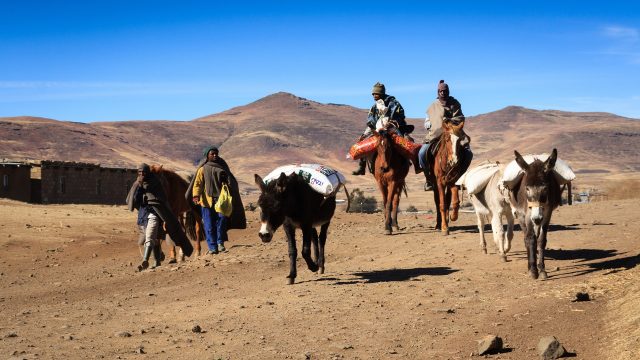Sesotho, a language with a long and intriguing history that dates back to the 1st century, is a part of Sotho language group. It belongs to the Southeastern or Nguni subgroup of the Bantu language family along with 500 other languages. The language is closely related to such African languages as Setswana or Tswana (Western Sotho) and Sesotho sa Leboa (Northern Sotho).
The Sesotho language was created by one of the many tribal groups of Bantu people who migrated from Cameroon and Nigeria in the period between 2000BC to 1000 AD. The tribes of Sesotho people developed their own language and culture and that is why Sesotho is considered to be quite a unique language.
The written Sesotho language appeared thanks to the work of missioners. One of the most significant impacts of the development of the written language was made by the French missionary – Eugene Casalis. He was the first person to translate the language into written in 1833. Eight years later, Casalis completed the first Sesotho grammar book known as “Etudes sur la Langua Sechuana”. The first known list of Sesotho language words was completed by the Reverend A. Mabille. A printing press in Morija, Lesotho, was established by the same person.
It is important to mention that there are some differences between written Sesotho in South Africa and Lesotho. The main difference between these two exists between the orthographies. Although linguists have decided to develop a common orthography for all Sotho languages (Sesotho, Northern and Western Sotho), such development has yet to occur.
The modern Sesotho language includes some borrowings from such languages as Zulu, Xhosa, Afrikaans, and English. It is considered to be one of 11 official languages of South Africa the primary official language of Lesotho.
There are about 3.5 million Sesotho speakers in South Africa. Most of them reside in the Kingdom of Lesotho and the Republic of South Africa. Although the biggest number of the speakers can be found in the Free State, Eastern Cape and Gauteng provinces, Sesotho is also spoken in such countries as Namibia and Zambia.




